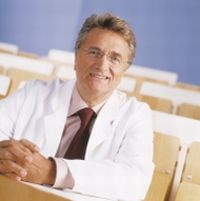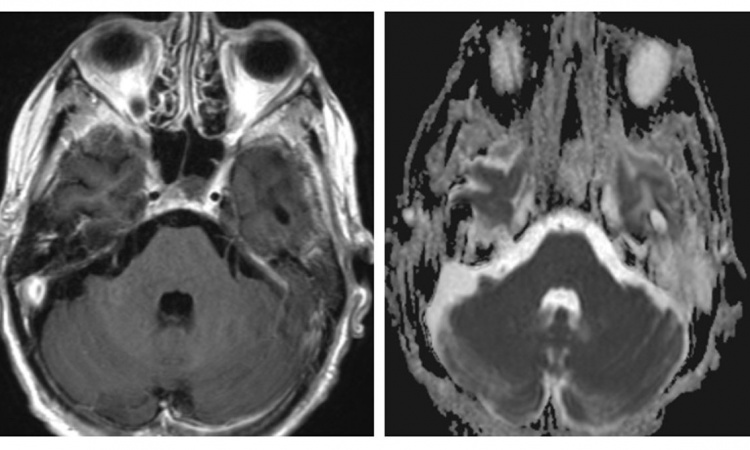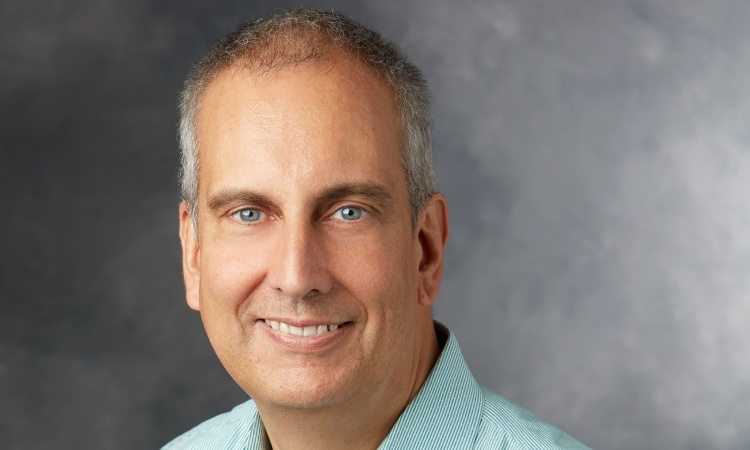Radiology: a major player in cancer diagnostics and therapy
Today, radiology is much more than just “taking pictures”: due to the high resolution offered by modern equipment, imaging procedures are playing a key role in many medical disciplines. Per definitionem, so to speak, radiology is an interdisciplinary field and exchange with other specialists is part of the radiologist's daily routine. In particular with regard to tumor diagnostics and therapy, radiology has become an indispensable partner. The fact that for the first time ever, this year's 90th German Radiology Congress (DRK), which will take place in Berlin from 20 to 23 May 2009, is being organised in cooperation with the German Cancer Society bears witness to the important ties between radiology and oncology.

From diagnostics through therapy and follow-up, radiology is an important driver of oncology, especially as far as imaging of solid tumors is concerned. Although the diagnosis of such tumors remains the domain of histology, initial information and tumor staging are provided by radiology and during the follow-up, imaging procedures help detect a tumor relapse.
Modern cancer therapy is still primarily based on standards but individualized therapy is gaining importance. Here as well radiology offers a significant contribution and is a major factor in the decision-making process. Moreover, state-of-the-art imaging techniques provide functional data. Hybrid procedures such as a combination of positron emission tomography (PET) and computed tomography (CT) can be used to visualize metabolic changes during primary diagnostics, locate metastases and evaluate therapy outcomes.
“Without radiology there is no modern oncology”, Werner Hohenberg, President of the German Cancer Society (DKG), summarizes the current state of affairs. Consequently, in 2009 the German Radiology Congress offers a series of 14 sessions entitled “Radiology meets oncology…” – a unique opportunity for a comprehensive interdisciplinary knowledge exchange. This series reflects the future of radiology and oncology, as Congress President Claus D. Claussen points out: “In large hospitals more and more issue- and tumor-specific centers are being established where all interested and concerned disciplines are involved – from internal medicine to surgeons. Radiology with the imaging capabilities it offers, is always a major player!“
“Cooperation starts very early when the modality and imaging procedure are being decided upon”, Hohenberg confirms. “Such a decision requires ad hoc collaboration and communication. Communication means that the experts in different fields learn to speak the same language, share expertise and understand what the colleagues have to offer and where the limitations of the own and the other disciplines are.”
The following major topics will be covered:
- Change of paradigm in oncological whole-body imaging
- Radiology and oncological surgery
- Prostate cancer – innovations in diagnostic imaging
- Skull base tumors – radiological therapy options
The 7,000 international congress participants will not only be offered scientific and poster presentations and presentations on recent research in radiology, they will also have the opportunity to sign up for high-profile training. In a multitude of workshops, refresher courses, interdisciplinary case studies and hands-on seminars they can hone their skills and discover new options. In order to ensure a structured approach the major topics are planned over the course of several years to provide a curriculum-based training.
21.05.2009











